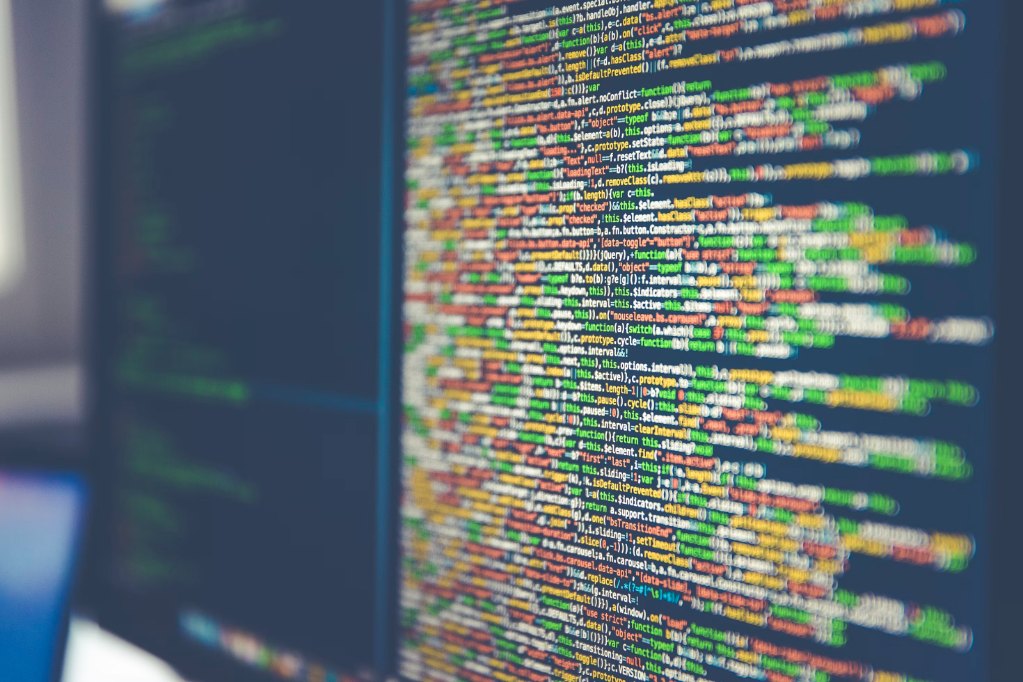The Immutable Nature of Blockchain: Security and Data Integrity

5 min read
02 Sep 2025
Blockchain technology, first introduced by Satoshi Nakamoto in 2008 as the underlying technology behind Bitcoin, has revolutionized the way we think about security and data integrity. At its core, blockchain is a decentralized and distributed ledger that records transactions across a network of computers in a way that makes them immutable and tamper-proof.
Understanding Immutability: Immutability in blockchain refers to the property of data that once it is written into a block and added to the blockchain, it cannot be altered or deleted retroactively. Each block contains a cryptographic hash of the previous block, creating a chain of blocks that are linked together. Any attempt to alter the data in a block would require changing all subsequent blocks, which is computationally infeasible and would be quickly detected by other nodes in the network.
Security Through Consensus: The immutability of blockchain is maintained through a consensus mechanism where network participants agree on the validity of transactions and the order in which they are added to the blockchain. Popular consensus mechanisms like Proof of Work (PoW) and Proof of Stake (PoS) ensure that the majority of nodes in the network reach consensus before new blocks are added, thereby securing the integrity of the data.
Use Cases in Security: Blockchain's immutability makes it ideal for applications requiring high levels of security and data integrity. Industries such as finance, healthcare, supply chain, and voting systems are exploring blockchain solutions to prevent fraud, enhance transparency, and ensure the authenticity of records. For example, financial transactions recorded on a blockchain are verifiable and cannot be altered, reducing the risk of fraudulent activities.
Challenges and Considerations: While blockchain technology offers robust security features, it also faces challenges such as scalability, regulatory compliance, and energy consumption (in the case of PoW). Scalability is a concern because the process of reaching consensus and adding blocks to the chain can be resource-intensive, limiting the speed and volume of transactions processed.
Future Directions: Research and development in blockchain technology continue to focus on addressing scalability issues, improving interoperability between different blockchains, and enhancing privacy features. Innovations such as sharding, layer 2 solutions, and advanced cryptography aim to make blockchain networks more efficient and suitable for a wider range of applications.
The immutable nature of blockchain technology provides a foundational layer of security and data integrity that is reshaping industries and revolutionizing digital transactions. As blockchain evolves and matures, its potential to transform how we store, share, and verify information securely continues to expand, paving the way for a more transparent and trustworthy digital economy.

The AR Breakthrough That Will Make Blockchain Transactions Simpler Than Ever!
5 min read | 15 Nov 2025
How AI Is Making Blockchain Smarter and Safer – The Inside Scoop!
6 min read | 14 Nov 2025
The Big Tech Twist: How VR Is Set to Disrupt Blockchain Like Never Before!
7 min read | 13 Nov 2025
Unlocking the Power of AR: How Augmented Reality Is Set to Revolutionize Blockchain!
6 min read | 12 Nov 2025More Articles

Machine Learning in Supply Chain Management: Optimization and Efficiency
5 min read | 22 Oct 2025

AI in Marketing: Targeted Advertising and Customer Insights
4 min read | 21 Oct 2025

The Role of AI in Enhancing Public Safety and Law Enforcement
7 min read | 20 Oct 2025

AI in the Legal Industry: Automating Research and Case Analysis
4 min read | 19 Oct 2025
More Articles

The Role of Blockchain in Sustainable and Green Technologies
7 min read | 12 Nov 2025

Blockchain in Healthcare: Improving Patient Records and Drug Traceability
7 min read | 11 Nov 2025

The Impact of Blockchain on Data Privacy and Security
7 min read | 10 Nov 2025

How Blockchain is Powering the New Wave of Smart Contracts
7 min read | 09 Nov 2025
